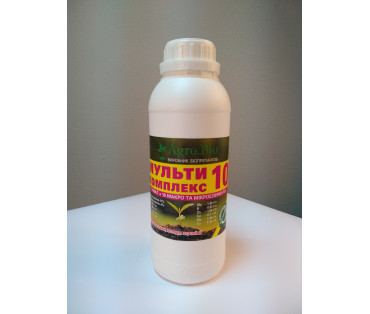Secrets of successful wintering of winter crops
Winter wheat, rye, barley and rapeseed today are among the most profitable crops for farmers. However, they become profitable only if it is possible to fully unlock the potential of their yield. This is real only in case of a successful wintering.
The risks posed by sowing winter crops increase in case of abnormal autumn weather, drought and prolonged heat.
The fact is that the active growth of winter wheat continues at an average daily temperature of up to +4. And the plants themselves should accumulate 450-550 degrees of temperature in 40-50 days. In this case, they go into wintering with well-formed roots, a tillering node, 2-3 lateral shoots. It is these shoots that are the key to the future harvest.
In general, a plant that has formed a tillering node and 3-4 leaves will give a good harvest. In this case, it will bush in the spring. In addition to the formation of the tillering node and strong nodal roots, the secret to the success of winter winter crops is the accumulation of a large amount of sugars. At the same time, the cytoplasm of the cells becomes thick and viscous, the cell walls are strong, and the leaves are resistant to freezing. In plants that are well prepared for wintering, the tillering node can withstand cooling down to -18-20 °
At the same time, too high temperatures in autumn lead to the fact that wheat grows actively and strongly bushes, overgrows. Such plants, although they form powerful bushes with 5-6 shoots more than 25 cm high, winter much worse. High temperatures lead to the fact that wheat does not have time to accumulate the amount of sugars necessary for wintering. Such cereals are much more susceptible to decay and are more affected by snow mold.
Too late shoots, for example, if the grain was sown in dry soil, or too deep, also do not have time to form and prepare enough for wintering.
In order to ensure high results, successful wintering of winter wheat, foliar top dressing can be carried out, which will increase the resistance of the cereal to adverse conditions, form a powerful tillering node, and increase the accumulation of sugars.
The best time for such top dressing is the beginning of vernalization of plants, when the air temperature drops to slight night frosts, and rises to 5-7 degrees during the day.
AGRO.BIO has developed a product that ideally meets the needs of winter cereals in the process of preparing for wintering. Multicomplex Humate 10 contains easily digestible salts of fulvic and humic acids, water-soluble phosphorus and potassium. The complex is supplemented with a set of chelated trace elements that can be absorbed even at low temperatures.
It is this combination that works most effectively. Phosphorus promotes the laying of the rudiments of cereal organs and the development of adventitious roots. Potassium - strengthens cell walls and thickens cell sap. Trace elements - close the "gaps" in the diet and contribute to better absorption of phosphorus and potassium, increase the immunity of cereals.
This is especially important due to the fact that at low temperatures, phosphorus is not absorbed by the root system from the soil. Humates and more mobile fulvates "conduct" the main nutrients into the plant, increase its resistance to frost, pathogenic fungi and increase the development of adventitious roots. And this is what winter needs for a successful wintering.
The advantage of our preparations is, also, the ideal solubility and the complete absence of both ballast substances and insoluble particles that can clog the sprayer nozzles. The liquid form makes it possible to easily dose the drug and dilute it in the sprayer tank.
Treatment with Multicomplex Humate 10 winter crops at the beginning of vernalization will allow them to activate the accumulation of sugars in the tillering node and leaves, and increase resistance to "winter" diseases.
This is especially important in the case of problematic, overgrown, or, conversely, underdeveloped crops of wheat, barley and rye, which enter winter in the phase of 1-2 true leaves.
The consumption of the drug Multicomplex-10 on grain crops is 0.5-1 l/ha, which is dissolved in 200-300 l of water.
The ideal solubility of the drug allows it to be used in tank mixes with most modern fungicides, which increases the effectiveness of the treatment. Autumn foliar top dressing with fertilizer Multicomplex-10 can increase the yield of winter crops by 15-20%, and in unfavorable wintering conditions - by 40-50%. Fertilizing with Multicomplex Humate 10 is especially effective when growing wheat using non-fallow predecessors.
Help the plants, and they will repay you handsomely!
Related Products
Multicomplex Humate 10
Complex preparation Multicomplex humate 10 - liquid, concentrated, organic fertilizer, plant growth stimulant, containing potassium humate and microelements in chelated form (humic acids - 64.9 ..
$10.00
Related Articles
Influence of humates on plant resistance to the effects of adverse factors and stresses
The humates impact on sustainable plant development. Dependence of the humates effectiveness on the degree of plants development optimal conditions deviation The most important feature of humates..


